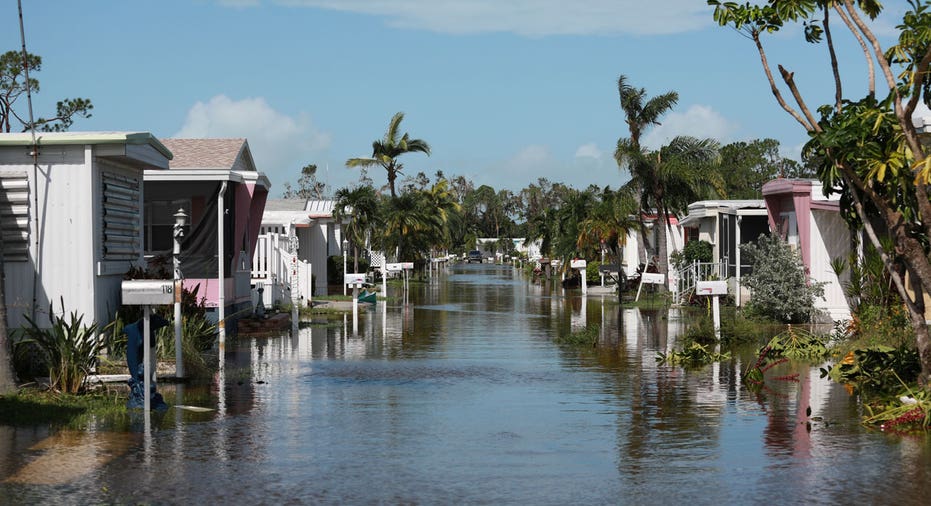Hurricane Irma will test the strength of Florida’s insurance sector

As local and federal officials begin to assess the devastation wrought by Hurricane Irma, which barreled through the southeastern part of the United States last weekend, Florida’s insurance industry is a big focal point as damage estimates span up to $40 billion.
“The thing to watch is whether small insurance companies are going be able to survive massive amount of claims that we expect with hurricane Irma,” Dan Weber, Association of Mature American Citizens CEO and a former Florida state insurance specialist for 30 years, said.
Florida’s insurance landscape is largely made up of smaller companies since the industry giants pulled out of the state years ago due to high risks they were unwilling to take and a challenging regulatory environment. Therefore, reinsurance will play a big part in the recovery efforts for Floridians over the coming months.
“Each state has a state-backed guarantee corporation which can help these smaller insurance companies survive natural disasters - which is the lesson we learned with Hurricane Andrew in the 1990s,” Weber said.
The Florida Hurricane Catastrophe Fund, the state’s reinsurer created in 1993 after Hurricane Andrew, has an accumulated $17 billion, according to The New York Times.
When Hurricane Andrew struck Florida in August of 1992, it was the most destructive, and most expensive, storm to hit the state at the time. The damages reached $27 billion. Along with buildings and beaches, more than 20 of the state’s small insurers went under as well, leaving 1 million policyholders uncovered, according to The Times.
Dr. Shahid Hamid, a finance professor at Florida International University’s International Hurricane Research Center, told FOX Business it is possible that insurance companies will end up in the same position as they were in the 1990s, depending largely on their reinsurance policies. However, he believes the situation will be manageable because the hurricane shifted west and did not travel directly up the east coast.
“If [Irma] had gone up the East Coast and if it had gone through Miami-Dade County … then the losses would’ve been $100 billion or more,” he said.
While Dr. Hamid, whose group conducts simulations to help the state predict potential losses, says insurance companies will likely survive, policyholders may not end up getting the full value of their lost property. Insurance companies buy reinsurance at varying levels, so if a firm only participates at a level of 45%, it is not going to be able to pay all of its policyholders in full after a storm of this magnitude, Dr. Hamid said. Regardless, insured individuals will receive some money.
Similar to Houston after Harvey, Dr. Hamid said flooding could pose a problem for residents. Only 18% of homeowners have flood insurance in Florida, while 79% of the exposure for properties in the state is coastal, he said.



















